Does Size Matter? Comparing 'The Meg' Franchise's CGI Monster to the Prehistoric Megalodon (Exclusive)
Published Aug. 18 2023, 3:07 p.m. ET
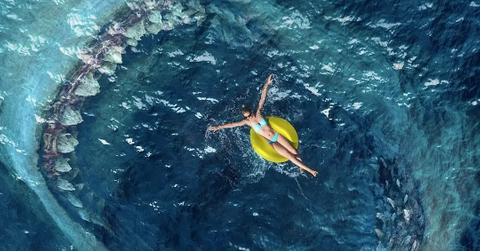
From 1975's Oscar-winning masterpiece Jaws (which surely contributed to a mass shark panic and an increase in great white trophy hunting) to 2018's box office hit The Meg, sharks have become a profitable Hollywood monster. Every few years, a new Jaws copycat emerges, triggering humanity's bizarre obsession with the sandpaper-skinned, misunderstood ocean dwellers.
In August 2023, Ben Wheatley's Meg 2: The Trench is the sharksploitation flick in question. Though the popcorn sequel floundered with critics, earning a lousy Rotten Tomatoes score of 28 percent, Twitter user @chelssMichellee made a fantastic point: "No one is going to see The Meg 2 for Oscar-level performances. We just want to see the giant fu--ing shark! Okay?! I’ll see it twice!"
The hilarious tweet speaks volumes, as we'll probably always pay upwards of $12 to sit in a theater and watch a CGI megalodon wreak havoc. But The Meg franchise doesn't only lack sophisticated storytelling, it lacks scientific accuracy. Considering shark scientists advise against taking the films' exaggerated depiction of the 60-ton fish seriously — as a mere megalodon size comparison quashes any validity — we spoke to one ourselves.
In an exclusive e-interview with Green Matters, marine biologist, shark scientist, and Shark Bytes YouTuber Kristian Parton discussed the inaccuracies of The Meg films, how megalodons compare from today's sharks, and theories about the ancient shark's extinction. Cue the Jaws score and let's get into it.
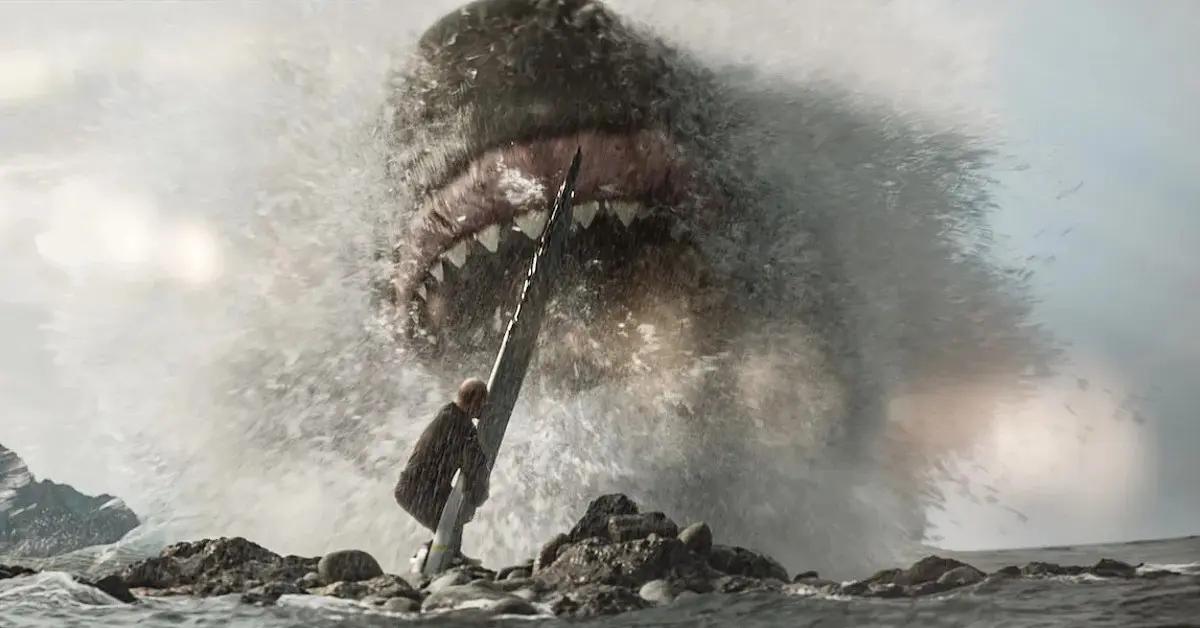
Kristian Parton warns that "modern-day shark films should always be taken with a pinch of salt."
If you wish to learn about sharks with a bucket of popcorn in your lap, you'd better turn off the Syfy — home of 2013's so-bad-it's-good Sharknado — and switch to Discovery. Flashy action flicks (especially ones that put sharks at the center of tornados) aren't typically concerned with the truth.
"They're often very enjoyable to watch from a cinematic perspective ... but they almost always miss the mark in terms of their scientific accuracy," Parton tells Green Matters.
Amani Webber-Schultz — a shark scientist and PhD student at the New Jersey Institute of Technology — called Jon Turteltaub's The Meg "massively entertaining, horrifically inaccurate." Parton tends to agree.
"I've seen the first [Meg] film, and did enjoy it, although, as my friend Amani points out, it's terribly inaccurate. From the size of the shark to how many gill slits it has — just real basic things that they could have researched and [gotten] right!" says Parton, a University of Exeter grad.
From size to habitat, let's compare 'The Meg' franchise's CGI megalodon to the real deal.
The 2018 film — which is based on Steve Alten's 1997 book Meg: A Novel of Deep Terror — has been repeatedly attacked for its inaccuracies. Of course, The Meg is about a group of present-day scientists that encounters a megalodon while exploring the Pacific's deepest trench, so it certainly takes big, unrealistic swings.
The bewildered scientists even call the beast a "living fossil," detailing that it was thought to have gone extinct over 2 million years prior. Real-life scientists would tweak Jason Statham and his gang's estimation, as many believe Meg has been extinct for more than 3 million years.
Either way, the megalodon is an ocean dweller of the past.
According to the Australian Museum, "Otodus megalodon, meaning 'giant tooth', is an extinct species of mackerel shark that lived approximately 23 to 3.6 million years ago." Additionally, scientists estimate that an adult O. megalodon measured between 32.8 and 65.6 feet. Parton adds that, in terms of size, the megalodon was "comparable perhaps to the largest whale sharks we find in our oceans today."
The Meg incorrectly sizes its villain at 75 feet, even claiming that some megalodons reached 90 feet.
Concerning the gill slits, Parton isn't the only shark buff to notice the scientific blunder. Lisa Whitenack — a biology professor at Allegheny College — called out the effects team for giving the titular monster eight gill slits.
“Every living shark, except for a handful of species, have five gill slits. So sixgills have six, sevengills have seven, and everyone else has five, including all the sharks in the same order that megalodon was in,” Whitenack told Vulture. She did, however, commend the team's work on the megalodon's dorsal fin.
The Meg also misses the mark when it comes to the megalodon's jaw power, asserting that its villain has "jaws strong enough to bite a whale in half," per Vulture, "and could potentially swallow an unbreakable polycarbonate dive cage whole."
Experts say this is a stretch, even considering that Meg's estimated bite force made it one of the most powerful apex predators in Earth's history.
According to Emma Bernard — a fish fossil curator at England's Natural History Museum — a megalodon jaw spanned approximately 8.9 by 11.2 feet wide and featured about 276 serrated teeth. Though a mighty Meg was "easily big enough to swallow two adult people side-by-side," and definitely did snack on whales, it likely didn't chomp them in half, according to experts.
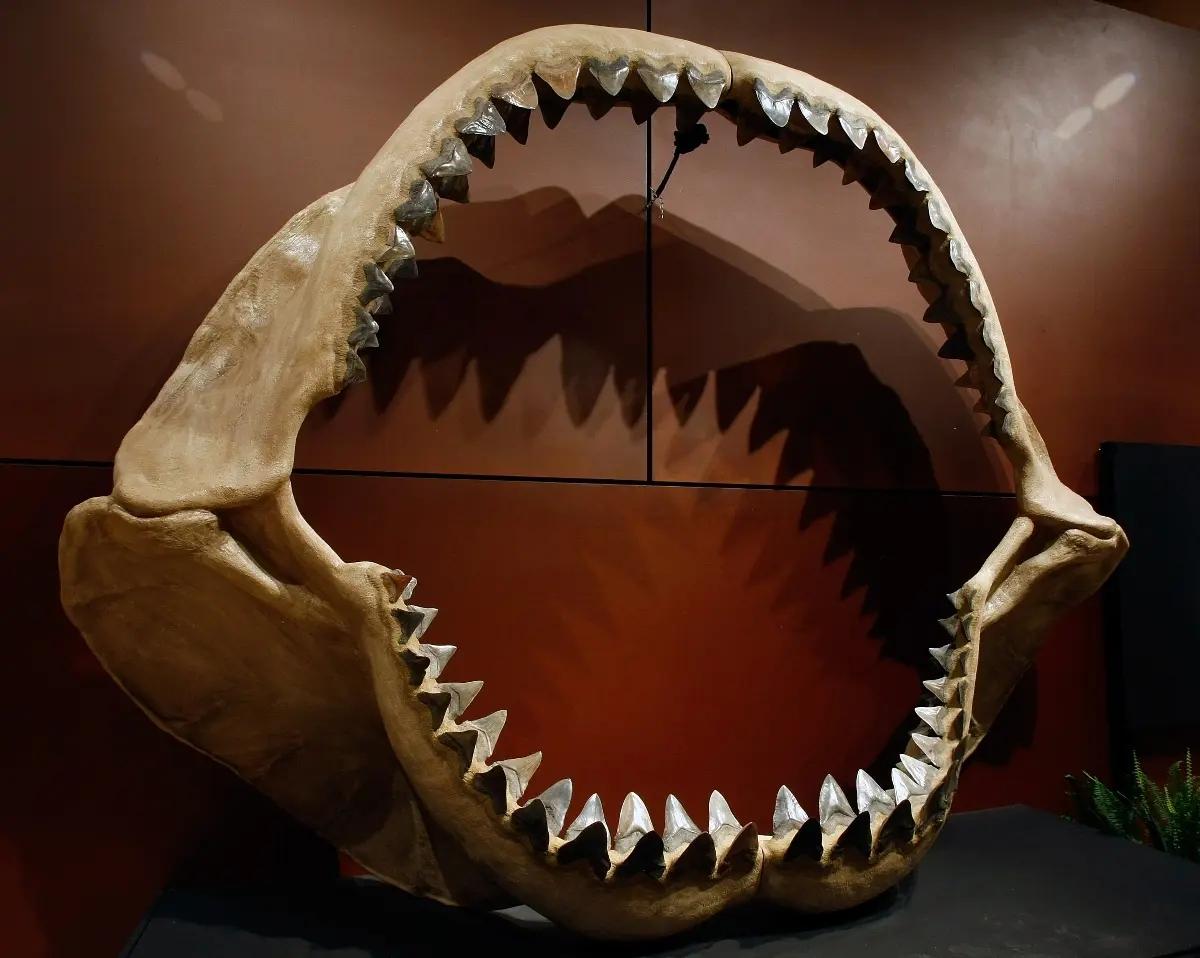
Even the idea of Meg lurking in the Marianas Trench is a bust, as the megalodon "wasn’t a deep-water shark,” per Dana Ehret, the New Jersey State Museum's assistant curator of natural history. "There wouldn’t really be food resources down there to keep a shark that big alive," Ehret continued. According to National Geographic, the megalodon likely resided in shallow waters by the shore.
It was a widespread mega-fish, as Meg teeth have been discovered on every continent except Antarctica, favoring warm tropical and subtropical environments. Smithsonian Ocean wrote that "the most northern [Meg] fossils are found off the coast of Denmark and the most southern in New Zealand."
Though Parton hasn't yet endured Meg 2: The Trench, he's disappointed to hear "it's just as inaccurate as the first."
The 2023 blockbuster features not one, not two, but three 21st-century megalodons — not to mention an action-packed flashback sequence that puts Meg and a Tyrannosaurus rex in the same timeline (T. rex went extinct about 65 million years ago, meanwhile Meg entered the plot about 23 million years ago) — so this is sadly the case.
Contrary to popular belief, the megalodon was not a monster-sized great white shark.
Parton breaks down misconceptions about the megalodon and the great white shark's connection, or lack thereof.
"[Megalodons are] often depicted as being massive great white sharks, but we know now that the two are not related at all! Megalodons would have had that stereotypical predatory shark shape, but would have had a shorter rostrum (nose), and a jaw that was more squashed. It would have also had massive paddle-like pectoral fins (like today's oceanic white tip sharks), in order to support its weight and size," he explains.
Bernard said that Meg "is actually from a different lineage of shark of which megalodon was the last member."
Research shows that the megalodon's oldest "definitive" ancestor is Otodus obliquus, a 55-million-year-old shark that stretched to about 10 meters (32.8 feet) in length. However, the Natural History Museum added that megalodon lineage is plausibly over 100 million years old!
"Ancient great white sharks and Otodus megalodon were actually two different species, that at points in time swam around the world's prehistoric ocean together!" Parton continues.
As detailed by Smithsonian, both the megalodon and the ancient great white roamed the waters during the Pliocene Epoch, approximately 2.6 to 5.3 million years ago.
So if the extinct megalodon was the last of its lineage and the great white shark is alive and well (terrifying North Atlantic beachgoers to a bizarre degree in recent years), what happened to Meg?
Why did the megalodon go extinct? There are a few theories.
In a YouTube video titled "Could Megalodon SURVIVE In Today's Ocean?" Parton mentions that "one of the reasons [megalodons] might have gone extinct is because they were outcompeted by the ancestors of great white sharks." We asked him to elaborate.
"[Because] both of them were predatory shark species, it meant they were both occupying the same ecological niche, competing for resources," he tells Green Matters.
"Both species likely fed on ancient whales, although as the climate began to change, those prey species may have become more and more scarce," he continues. "Ancient great whites were significantly smaller than megalodons, and thus didn't need to eat as much food to sustain themselves. They were also more agile, and could probably feed on smaller prey species. Megalodons would have needed to eat much more food than ancient great whites, and over time, as the climate changed and prey sources dwindled, too many pressures were placed on megalodons."
Personally, Parton believes several factors led to the megalodon's vanishing, telling us: "It was far more likely a multitude of different factors (including competition from ancient white sharks), all combining together that led to their demise."
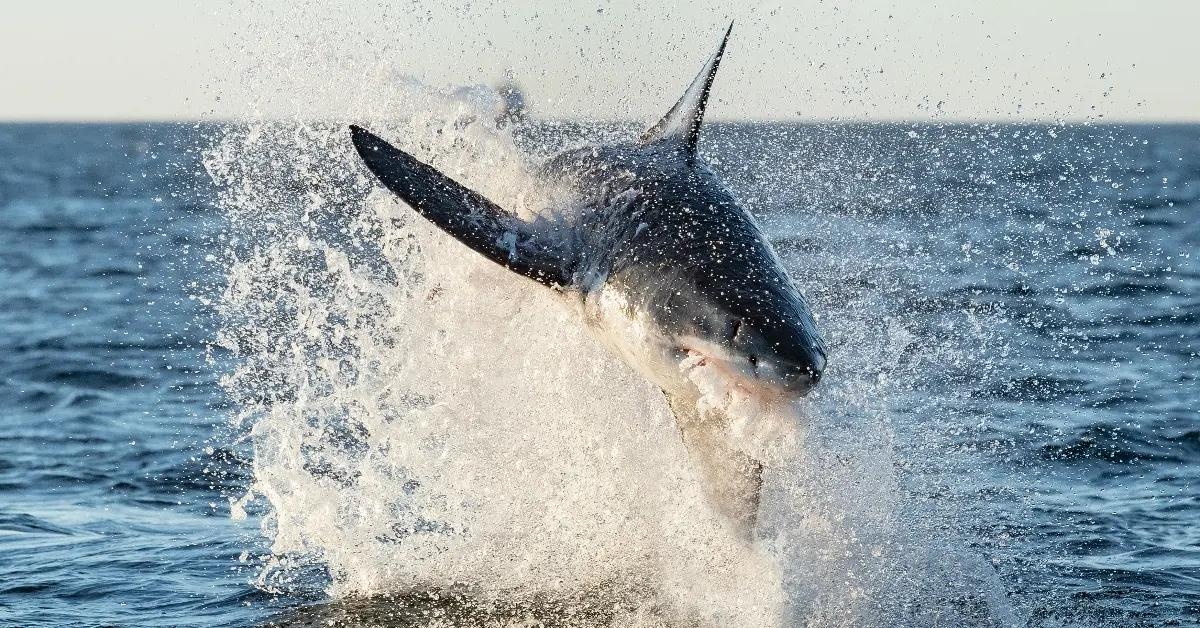
In late 2022, scientists uncovered a new clue related to Meg's disappearance. See, the megalodon was partially warm-blooded (regionally endothermic), boasting a body temperature approximately of 7 degrees Celsius (12.6 degrees Fahrenheit) warmer than ancient ocean temperatures, per a study titled "Endothermic physiology of extinct megatooth sharks."
Based on an analysis of fossilized Meg teeth, scientists concluded that the megalodon's average body temperature was around 27 degrees Celsius (80 degrees Fahrenheit). Unfortunately, being warm-blooded may have contributed to its staggering size, and therefore its high-calorie needs.
“Warm-bloodedness requires constant food intake to sustain high metabolism,” senior study author and DePaul University paleobiologist Kenshu Shimada said, per CNN.
“Possibly, there was a shift in the marine ecosystem due to the climatic cooling,” he continued. Cooling waters could have altered habitats and populations of prey, drastically limiting Meg's regular menu, so to speak.
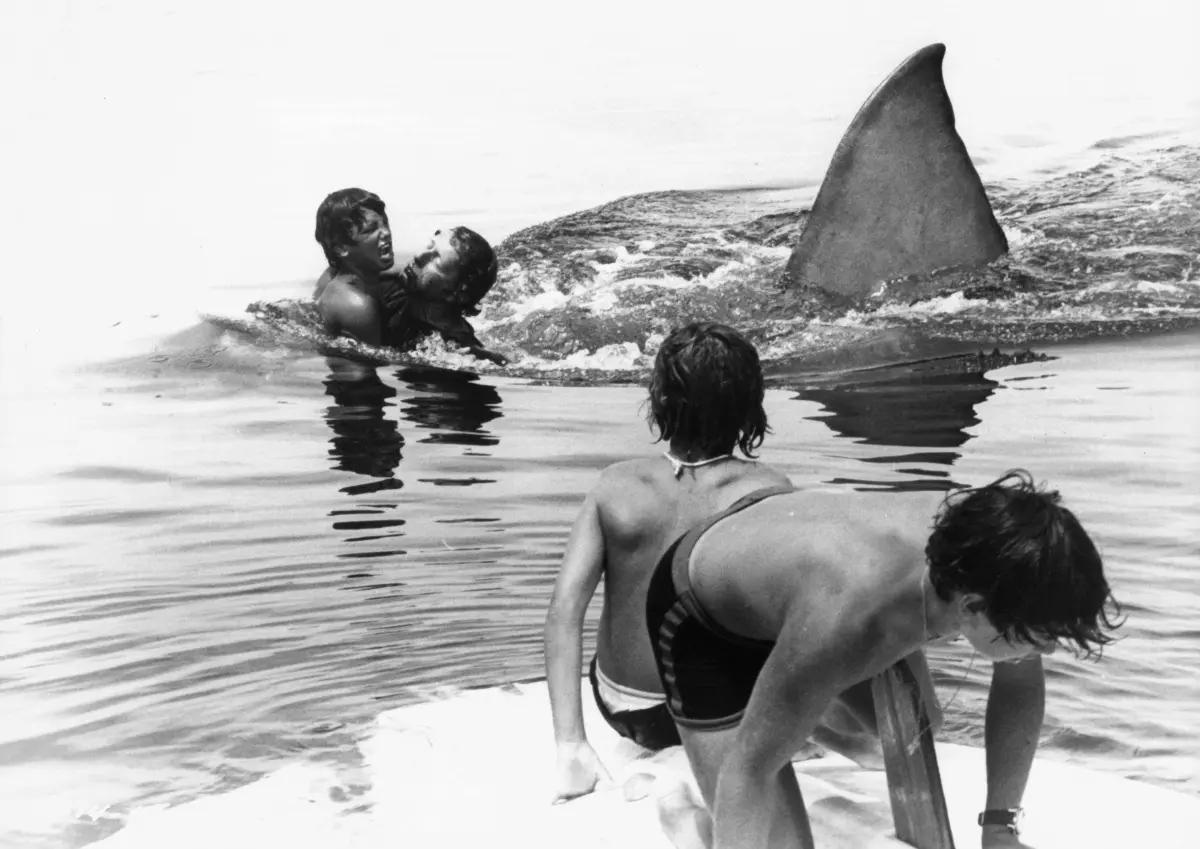
Kristian Parton weighs in on Hollywood's long-held shark fascination and galeophobia.
Like a multitude of human fears, Parton believes galeophobia is more about fear of the unknown than sharks themselves.
"There is some innate fascination in humans with things that are perceived to be dangerous, and things that we don't know much about. Everyone at some point in their life ... has been swimming in the sea, not been able to see the bottom, and imagined there might be a shark down there, ready to bite us," he explains.
Though normal, Parton insists these fears are overwhelmingly irrational.
"The likelihood of us bumping into one in the ocean is already rare, and then being bitten or killed by one — the chances are astronomically low," he says.
"Hollywood shark films have been piggybacking off Jaws ever since its release because people are fascinated by their own [fears]," Parton concludes. "There are over 500 shark species out there, and most of them aren't bigger than a few feet long! If you strive to learn more about these animals ... that fear begins to disappear. They all play a vital role in keeping our ocean ecosystems healthy, and they desperately need our help more than ever."
Interested in learning more about Kristian Parton's shark data and research? Check out the Shark and Ray Entanglement Network.